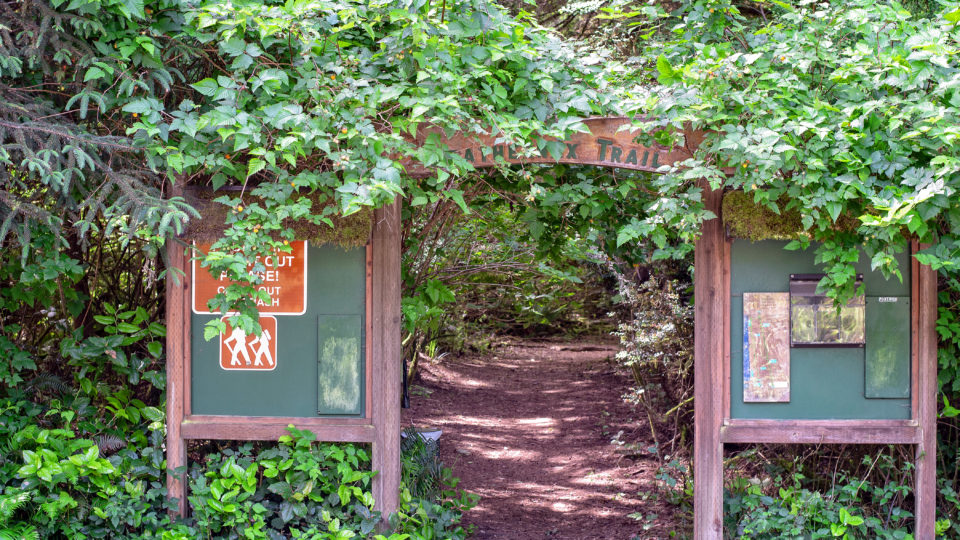
If you know just where to look on Washington’s central coast, you can find treasure, wonder and maybe even magic, all woven together by a stirring tale of triumph against overwhelming odds.
It’s all hidden in plain sight in the small town of Ocean Shores (population around 6,000 – more in the summer, less in the wet and windy winter).
Roughly in the center of town is a 121-acre parcel known as the Weatherwax property, the Weatherwax nature preserve or, simply, the Weatherwax. The last sizable piece of undeveloped property in Ocean Shores, it contains a mixture of temperate coastal forest with old-growth trees, diverse forest vegetation and habitat; 17 acres of rare mature forested wetlands; part of Duck Lake and its fringe wetlands; and 1.2 miles of looping trails.
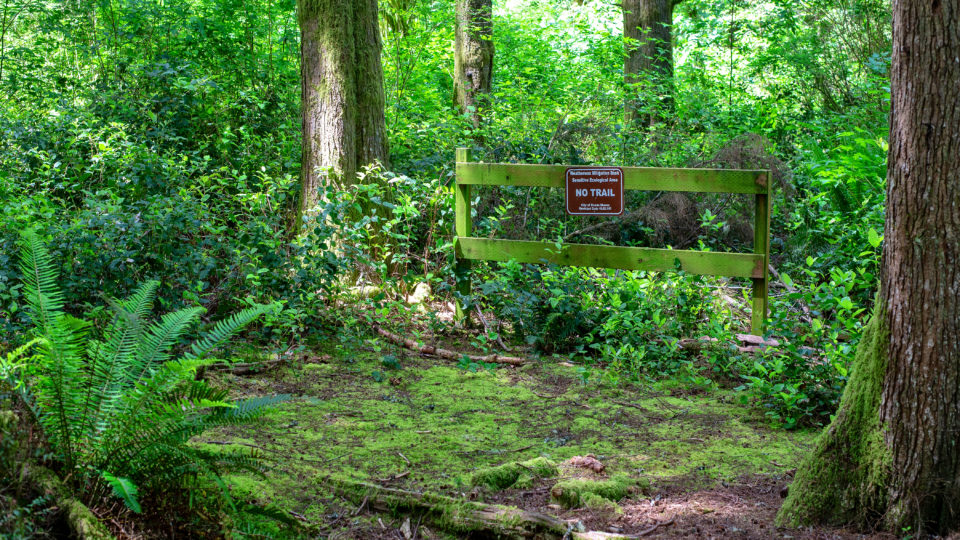
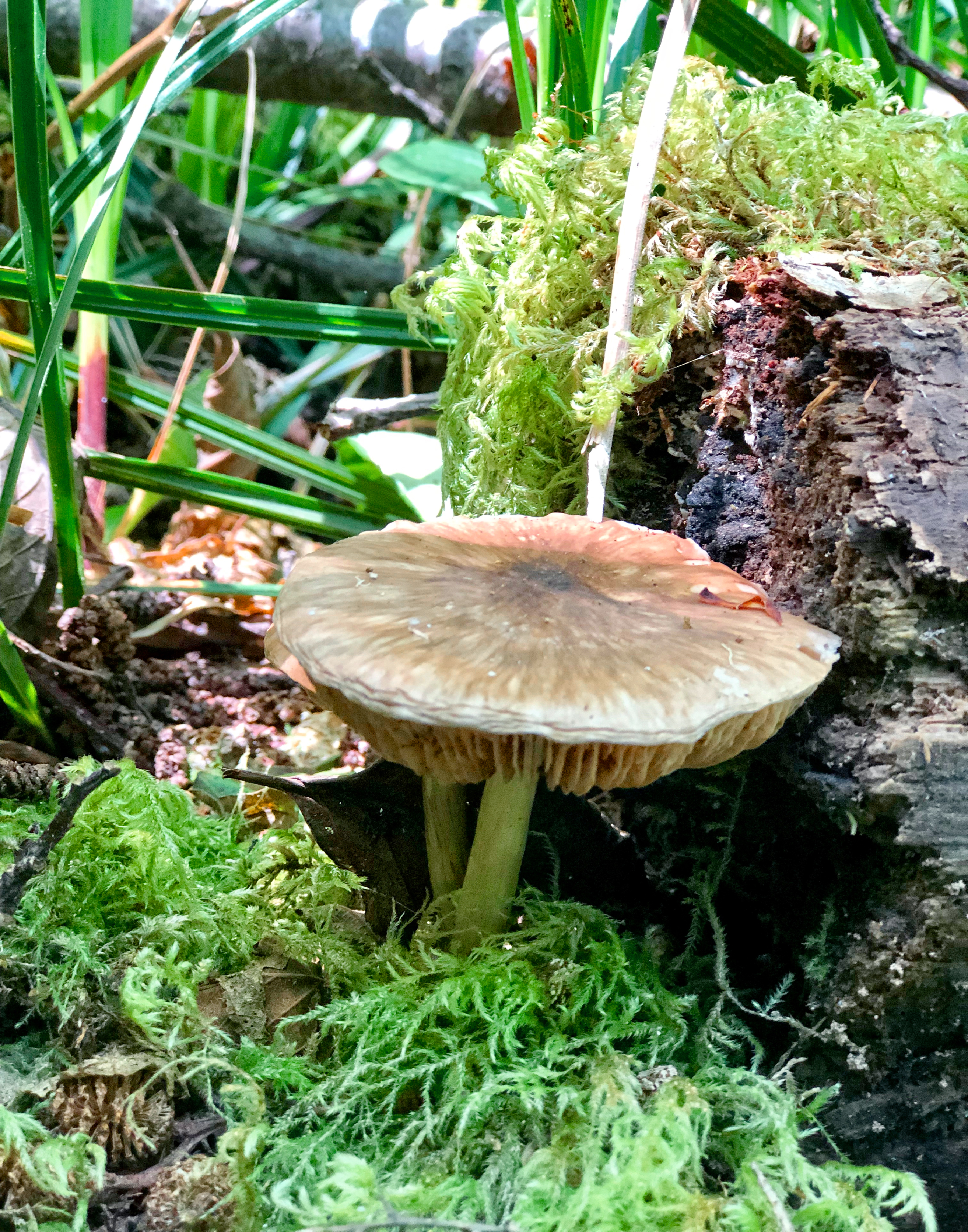 Although it doesn’t receive quite enough annual precipitation to be considered a rainforest, it’s close – and it does contain the lush undergrowth and many other features found in true temperate rainforests, such as the one near Lake Quinault, which lies 40 miles north.
Although it doesn’t receive quite enough annual precipitation to be considered a rainforest, it’s close – and it does contain the lush undergrowth and many other features found in true temperate rainforests, such as the one near Lake Quinault, which lies 40 miles north.
The Weatherwax has at least two dozen kinds of vegetation, including ancient Sitka spruce more than 4 feet in diameter as well as 57 varieties of mushrooms and other fungi. It’s also home to just under 100 animal species ranging from hummingbirds to black bears.
Surrounded by residential and commercial land, the preserve is located approximately 4 miles south of the city entrance, south of Ocean Lake Way and the west end of Overlake Street. A hand-built wooden arch offers an unassuming public entrance to this lush green world.
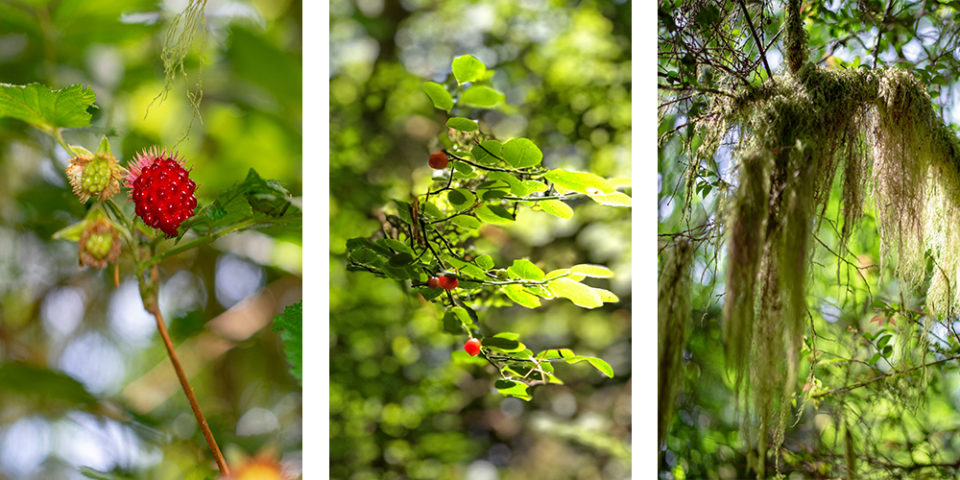
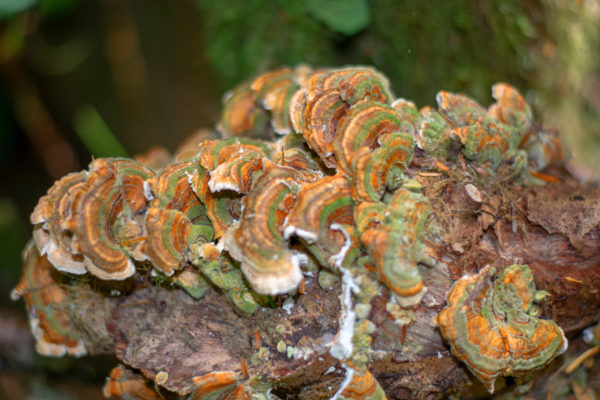 “I keep looking for synonyms for ‘paradise,’” said Nancy Eldridge, board president of the nonprofit Coastal Interpretive Center in Ocean Shores. “This wonderful little sanctuary is right in our backyard, just an amazing little jewel right here in Ocean Shores. It really is a piece of magic.”
“I keep looking for synonyms for ‘paradise,’” said Nancy Eldridge, board president of the nonprofit Coastal Interpretive Center in Ocean Shores. “This wonderful little sanctuary is right in our backyard, just an amazing little jewel right here in Ocean Shores. It really is a piece of magic.”
She and her husband, Neil, both hold degrees in forestry and occasionally lead tours on the Weatherwax Trail. They’ve come to know it in great detail since they got involved in the grassroots effort that led to its preservation.
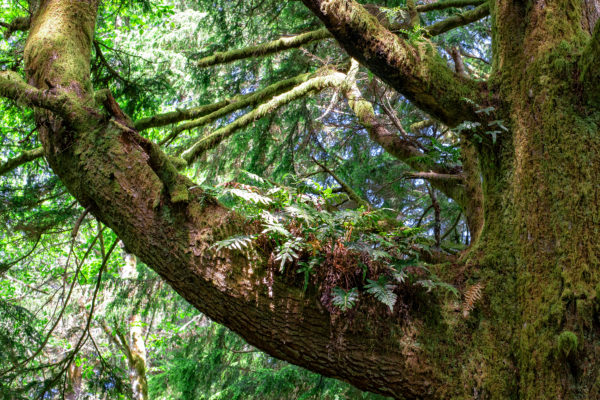 Marlene Penry, one of the primary activists, moved to Ocean Shores in 2004. “The first time I saw the Weatherwax, I was surprised. I didn’t think, coming out to the ocean, there would be trees … I was so happy to discover this beautiful area,” she said.
Marlene Penry, one of the primary activists, moved to Ocean Shores in 2004. “The first time I saw the Weatherwax, I was surprised. I didn’t think, coming out to the ocean, there would be trees … I was so happy to discover this beautiful area,” she said.
“Then I heard they were trying to develop it. My purpose became working toward it being preserved forever and nobody having to fight this fight again,” she said.
Jerry Mergler, now a member of the Interpretive Center board, joined the battle in 2008. “Initially it was self-serving in that I heard of plans to develop the area … and I was against that, mainly because it’s kind of a pristine area there, a beautiful area and close to where I live,” he said.
“For me, urban parks are a very important thing and they serve a function,” he said. “Without the Weatherwax, there would be no more Ocean Shores as it once was. So that was my drive.”
Lillian Broadbent remembers that, around that time, “we had all discovered that the Weatherwax was being used as a dump, a kegger location and a cemetery for old appliances and cars. A work party was formed and, with city permission, a small army of folks and trucks spent a day hauling out trash. In the process, we all saw what a uniquely beautiful spot it was.”
In 2009, Ocean Shores Mayor Garland French proposed setting up a wetlands mitigation bank as a means of financing and maintaining the property in its present, mostly undisturbed state. Under such a mechanism, bank credits may be purchased for developers of future projects elsewhere, where there will be unavoidable impacts to wetlands and other aquatic resources. Those funds then are used to enhance or preserve existing designated wetland sites.
 The Weatherwax proposal noted the general goal is to “preserve the last remaining large, undeveloped segment of land within the city.”
The Weatherwax proposal noted the general goal is to “preserve the last remaining large, undeveloped segment of land within the city.”
Finally, in 2016, the Department of Ecology, the city and the Chehalis River Basin Land Trust completed an agreement establishing the Weatherwax Wetland and Habitat Mitigation Bank, with maintenance to be handled by the city and oversight by the trust.
Volunteers from the Interpretive Center, led by Mergler, were already maintaining the property, so the city formalized an arrangement and now pays the educational center $5,000 a year to keep the property naturally tidy and remove noxious, non-native weeds.
Public access
A unique aspect of the Weatherwax preserve is its trails, which usually are not permitted under the state’s wetlands mitigation banking system.
Years before the bank was established, during the property’s initial cleanup efforts, Earl Kuhl and friends started enhancing deer trails to create some comfortable walking trails. That made for a challenge that had to be worked out for the mitigation bank concept to be approved.
The state Department of Ecology “has a lot of regulations, and one is a banking property is supposed to be maintained pristine. Because of that, they do not want a trail system developed,” said Mergler. “But they agreed with us that this is a historical trail and of value to the community; so the agreement was to preserve the trail, and not make new ones.
“We will maintain it at a minimal level for the citizens but it’s not to be a park,” he said. “The Weatherwax is the only banking project that was allowed to have limited public access.”
The final result is the realization of the dream: The Weatherwax will be preserved in its present, mostly pristine state for generations to come.
Broadbent notes that, over the 17-year crusade, “literally hundreds of people got involved.”
“Without the dedication of the citizens involved throughout the years, it would never have happened,” Penry added. “It’s very sad that many did not live long enough to see the results … of all their hard work. The odds were stacked against us, and we couldn’t have made it without all their dedication.”
Mayor Crystal Dingler was involved in the last several years of the effort. “A group of citizens organized, came up with a plan, and put their time and hearts into making it happen,” she said. “It is a wonderful story, and we benefit today from their foresight.”
Broadbent cis thankful for all involved in the effort.
“It’s just an incredible natural forest – a place of total serenity,” she said. “It truly is a magical place.”
The creation of the Weatherwax preserve is the culmination of a story that started more than 60 years ago.
Most of the Ocean Shores peninsula was a cattle ranch when Marian Weatherwax, the daughter of Grays Harbor pioneers A.M. and Rose Abel, became that parcel’s owner in 1954. As developers were planning Ocean Shores in the 1960s, she refused to sell her land. But, more than 30 years later, it did go on the market.
The first formal discussion about sparing the Weatherwax property from development occurred at a meeting at Lillian and Gordon Broadbent’s house in 1998, with Mona and Gary Kohler (a wildlife biologist with the Department of Fish and Wildlife), Gene and Jane Swygard, and Ginny Thrupp in attendance.
The following year, Mayor Pete Jordan worked out the city’s purchase of the property. For several years, the city looked at a variety of possible uses for the land, including a public park, golf course expansion, an aquarium, housing.
Preservation vs. development became a political issue in the 2007 city council and mayoral elections. That year, the council voted to surplus part of the property on Duck Lake, with a developer hoping to put 27 houses on it. But the Citizens for Balanced Growth, a group started by the late John Clark, a retired marine biologist, led suit against the action. Soon after that, a pro-preservation council and mayor were voted in.
The following year, the council placed the issue on an advisory ballot; and that November, Ocean Shores citizens voted to retain all 120 acres.